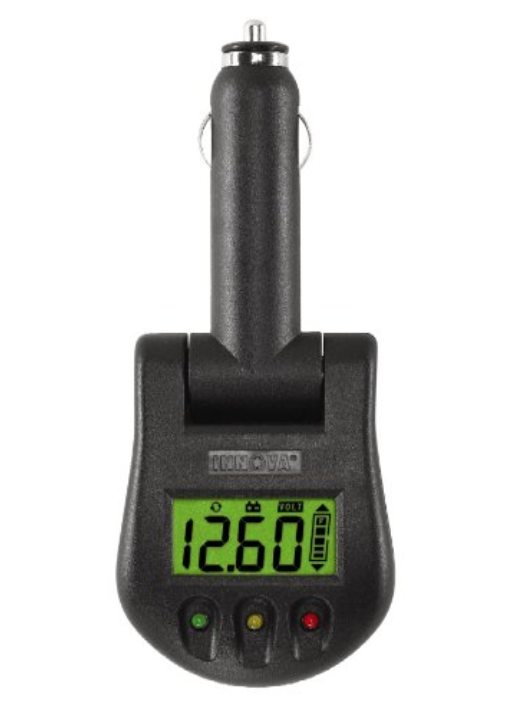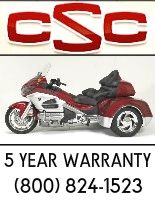I have 1999 Gold Wing 1500SE Anniversary Edition/Lehman Trike- bought brand new battery and bike started great before I even got the seat back on. Started bike yesterday and let it run a little. Took it out later in the day to gas it up and everything was fine. Early evening started off to meet people for Christmas parade and bike died about 3 miles from home. Had to call AAA to bring it home. Put it on tender overnight, but tender never turned green. It started up and I ran it for about 15 minutes and it died again while idling. I know lights were drawing juice while idling. Again, could not start, but when I turned off key, I heard a buzzing sound somewhere in the area of the cassette case. Realized I had intercom on and thought it might be that. (When I bought the bike the CB was removed, so I never thought about the intercom). Again, overnight on tender and still red. Went out this a.m. and bike started right up as soon as I let off starter. I am a 69 yr old widow who loves to ride her trike and unfortunately, I am learning many things the hard way! This happened with the old battery and that's why I bought the new one! It's obvious to me that the bike is not charging while being riden, I have the bike being delivered to shop and would like to know if anyone can relate to this problem so I can help them out (and also save some $$$). I really appreciate any input you may provide. Thank you.
 Gypsygal
Gypsygal









